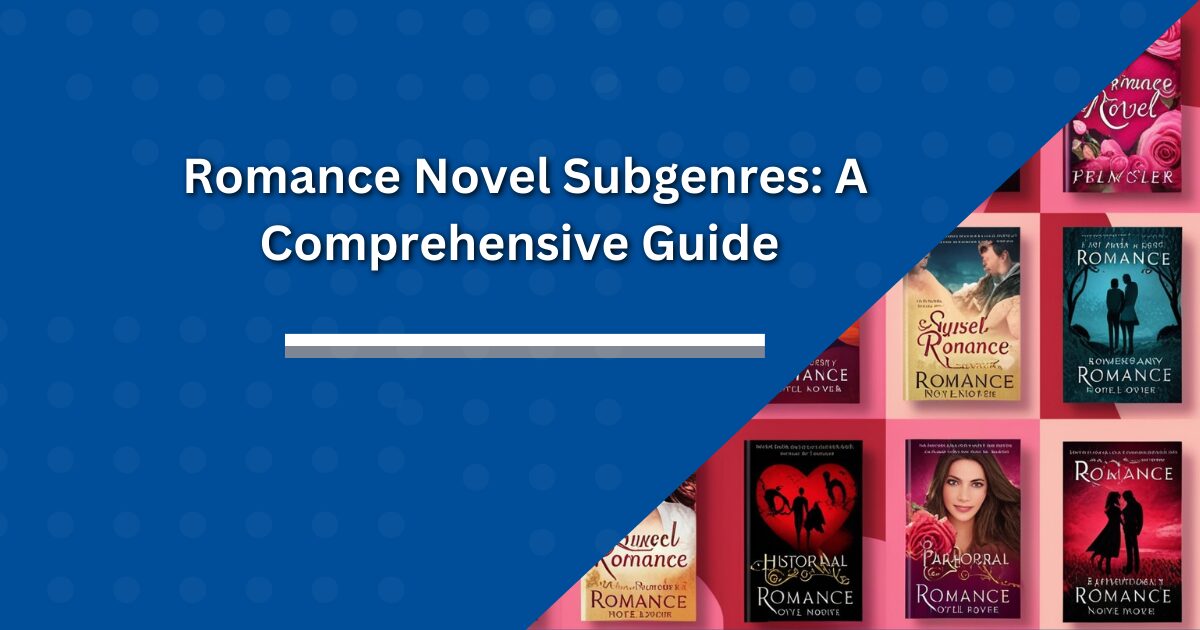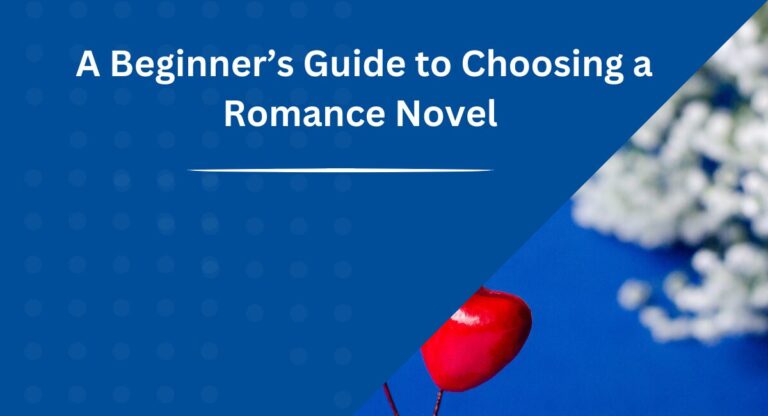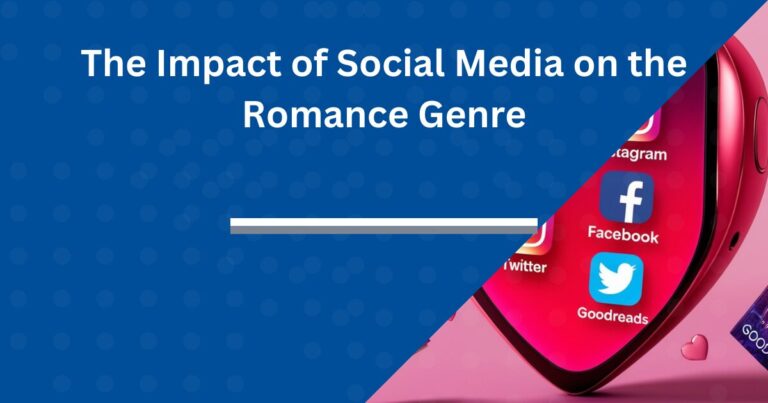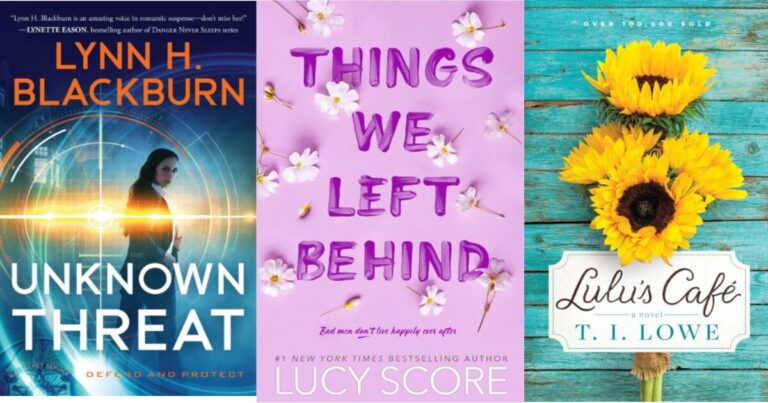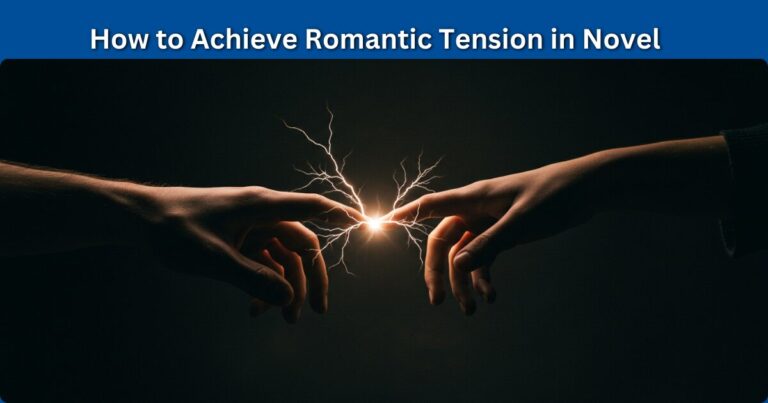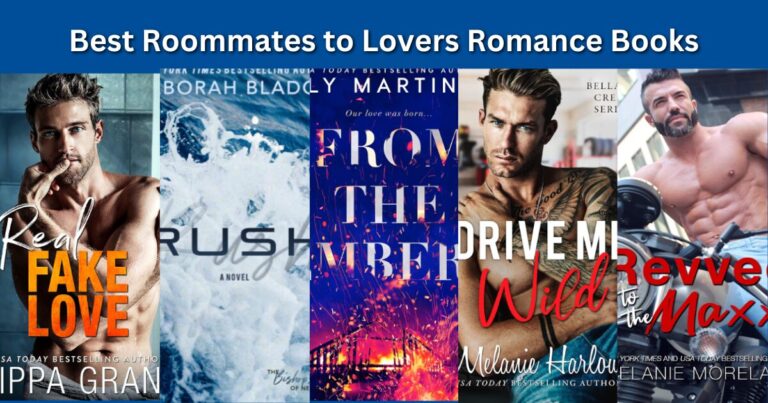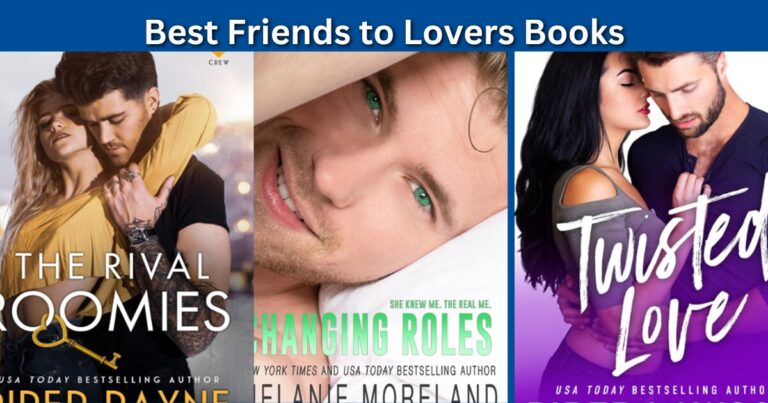Romance Novel Subgenres: A Comprehensive Guide
Love is in the air and it's time to add some flavor to your bookshelf.
Did you know that romance novels make up a whopping 23% of all fiction sales?
That's right –we are loving happy endings.
With so many romance novel subgenres, how do you find your perfect match?
Dear reader, do not worry!
We are going on an exciting adventure across the varied and fascinating world of romantic literature.
Prepare yourself for a journey into the world of tantalizing tapestry of romance novel subgenres that will make you laugh, cry, and swoon as well.
Romance Novel Subgenres at a Glance
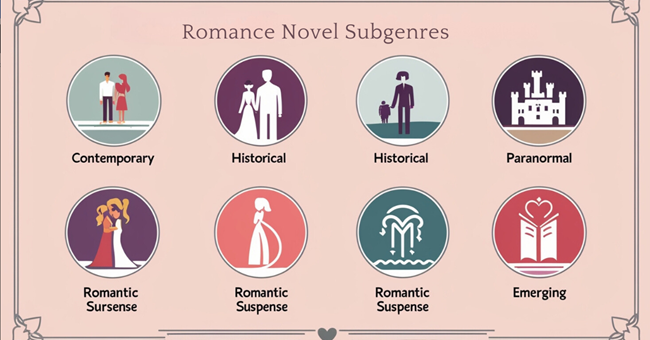
- Contemporary: Present-day love stories.
- Historical: Romance that happened in the past.
- Paranormal: Supernatural elements of love.
- Romantic Suspense: Romance with thrills.
- Erotic: Hot stuff with explicit content.
Emerging Subgenres:
- LGBTQ+
- New Adult
- Multicultural
- Sci-Fi Romance
Key Takeaways:
- Each subgenre has different themes and settings.
- There is something for everyone in every genre.
- Try new genres to enhance your reading experience.
- Love comes in all shapes and forms in romance novels.
Contemporary Romance: Modern Love Stories That Steal Your Heart
How do I even begin when it comes to contemporary romance?
These are the books that make you believe in love all over again, set right here in our modern world.
It was a rainy Sunday and I felt pretty low as I picked up my first contemporary romance novel. By the time I was through with that book, there was this dumb smile on my face and I had texted my best friend to ask her if she could lend me all her collection.
What makes contemporary romance stand out is its present-day characters who fall in love. Think about a man and a woman meeting by chance at a cafe, an affair between colleagues, or small-town romances.
What fascinates me in this subgenre is the manner in which it intermingles actual life challenges and tender romance. There are books that have covered everything from mental health to career struggles while still presenting a delightful romantic moment.
Some popular themes you'll find in contemporary romance include:
- Friends-to-lovers (my favorite).
- Enemies-to-lovers (the tension, oh my).
- Second chance romance.
- Fake dating that turns real (gets me every time).
If you're just getting into contemporary romance, I would recommend authors like Jasmine Guillory, Helen Hoang, or Talia Hibbert.

Guillory's “The Wedding Date” series is an amazing place to start – diverse characters, smart dialogue, and funny situations that will make you laugh and swoon at the same time.
So why do readers like myself keep returning to contemporary romance?
It is easy – these stories mirror our world, our struggles, and our aspirations. They remind us even with all the running around we do in modernity there are places where love can take its roots.
After all, who doesn't love imagining themselves as the heroine finding their perfect match?
Historical Romance: Passion Across the Ages
I used to think historical romance was all about bodice-ripping and damsels in distress. I was wrong.
When I tried this subgenre for the first time, it gave me a whole new perspective.
Unwillingly, I took up a Julia Quinn book (yes, she is the author of “Bridgerton”) and suddenly, I was whisked away to Regency England where humorous conversations and multifaceted relationships were completely engrossing.
The historical romance genre makes us take a journey through time where we can witness love stories set in different times. What obsesses me is how writers manage to strike an equilibrium between realistic history and romantic fiction.
It's more than just fancy gowns and grand balls (though those are also cool) – it's about understanding how societal norms and expectations influenced relations during different periods.
Historical romance has at its core specific time periods within which stories are set:
- Regency (think Jane Austen era)
- Victorian
- Medieval
- American West (cowboys, anyone?)
- Ancient civilizations (Rome, Greece, Egypt).
One of the challenges in writing historical romance is creating characters who are true to their period but still resonate with modern readers. It's a fine line that can be difficult to walk, but when it's done right it's pure magic.
I read a medieval romance where the heroine was fighting against the constraints of her time and I found myself cheering her on as she struggled to find love.
If you're new to historical romances, try starting with authors like Lisa Kleypas, Sarah MacLean, or Beverly Jenkins.
Jenkins, specifically, does an amazing job of mixing African American history into her romances giving us a whole new outlook on what we thought about certain times.
Historical romance attracts us because it transports us while still delivering those universal themes of love and connection. It is escapism at its best, with a historical education thrown in as well.
You'll be amazed at how much you can learn about history while swooning over a dashing duke or a rebellious lady.
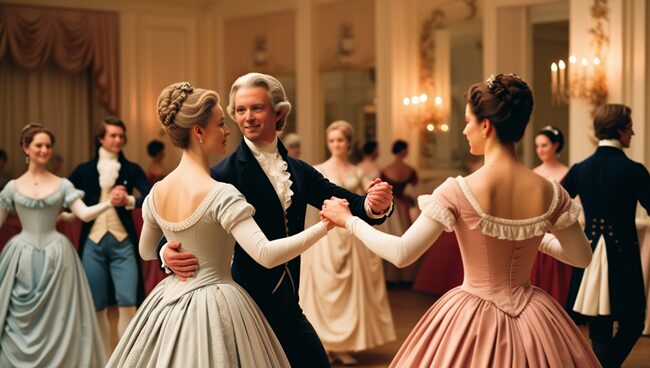
Paranormal Romance: Where Love Meets the Supernatural
Paranormal romance – the subgenre that had me checking under my bed for sexy vampires (spoiler alert: I never found any).
My introduction to paranormal romance was through a friend who insisted I read this “amazing book about werewolves.” I was skeptical, to say the least.
Werewolves?
In a romance novel?
However, by the end of that book, I was hooked. There's something incredibly seductive about love stories that explore possibilities.
Paranormal romance blends elements of the supernatural with romantic storylines. It's a playground for the imagination, where anything from vampires and witches to shapeshifters and angels can be the protagonists of a love story.
I am captivated by this kind of writing which devotes itself to exploring issues of identity, belonging, or love through supernatural devices.
Some of the common supernatural creatures and themes you will come across in them:
- Vampires (Eternal Love takes a whole new meaning).
- Werewolves and Shapeshifters.
- Witches and Warlocks.
- Fae and other mythical creatures.
- Psychics and Supernatural people.
Often, what may make paranormal romance appealing is that such relationships are forbidden.
The inherent tension when a human falls for a vampire or two supernaturals from warring factions are drawn to each other, is incredible. It's that classic “star-crossed lovers” trope dialed up to eleven, and it's incredibly compelling.
If you want to dabble into paranormal romance, you might try Nalini Singh, Ilona Andrews, or J.R. Ward for instance.
For example, Singh's “Psy-Changeling” series builds a complex world where psychics, shapeshifters, and humans negotiate love as well as politics; it is addictive stuff.
It is simply pure escapism that keeps readers (including myself) coming back to paranormal romance. These stories help us imagine a world where the impossible becomes possible such as cases in which love truly can conquer all – even death, in some cases.
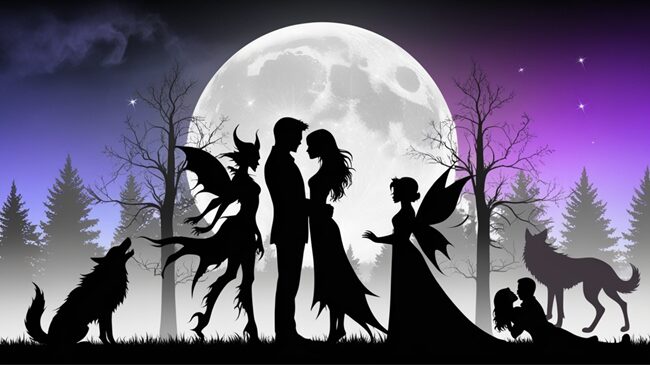
Romance novels usually have an element of adventure or new worlds being created which adds excitement to them too.
Romantic Suspense: Heart-Pounding Thrills and Passion
Ladies and gentlemen, fasten your seatbelts because the world of romantic suspense is going to take us on a roller coaster ride.
I stumbled into this sub-genre by mistake while at an airport bookshop where I picked a Sandra Brown novel. It was a 4-hour flight that (pun intended) went so fast as I sunk into a story of danger, mystery, and steamy romance.
This one is like when a thriller meets romance. It has the spine-chilling excitement of suspense stories and the emotional fulfillment you can get from reading love stories.
The thing about this genre that captivates my interest is how it makes me feel like I am teetering on the brink owing to both external threats encountered by characters and their relationship's growing tension.
Key traits of romantic suspense are:
- A central mystery or danger that must be solved.
- High-danger incidents that bring the major actors together.
- The love plot equaling the amount of suspense matters.
- Characters who have to trust each other under hard conditions.
However, one challenge of romantic suspense lies in creating realistic relationships despite all the intrigue and danger.
I've read books when I've thought:
‘Really?
You're stopping to make out NOW?
When the bad guys are right outside?'
But, if it's done well, the heightened feelings of a dangerous situation can make the connection between lovers seem even more intense and believable.
Some prominent writers in this genre include J.D. Robb (Nora Roberts), Lisa Jackson, and Linda Howard.
I, particularly, like Robert's “In Death” series set in futuristic New York. It follows a tough cop and her mysterious billionaire husband as they solve crimes and navigate their complicated relationship.
I've lost count of how many times I've reread those books.
What keeps readers coming back to romantic suspense is the perfect blend of excitement and romance. These stories combine both worlds – the fun of solving a mystery or overcoming a danger with the emotional gratification of growing love.
It feels like a buy-one-get-one-free!
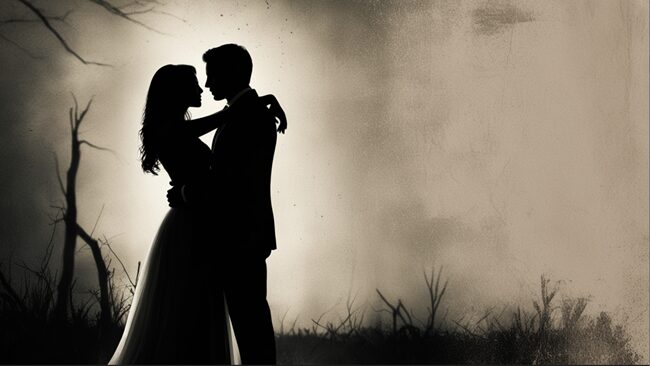
Erotic Romance: Steamy Tales of Desire and Intimacy
This is where spice exists when it comes to novels for romance; erotic romance.
I will confess that my first foray into erotic romance made me feel like I was sneaking into an R-rated movie as a child.
Guess what?
These books taught me about embracing sexuality and why consent is important in relationships.
Misunderstood as it often is, let's debunk something about erotic romance right now – it's not simply erotica.
In erotic romance, however, sexual content is not only used to develop characters but also an essential part of the plot. However, there is still an emphasis on romantic relationships and emotional connection.
The story would not be complete if you took out all the steamy parts – these are vital to their journey.
Some of the things you will find in this kind of writing are:
- Explicit sexual content (obviously).
- Themes that focus on sexual awakening or exploration.
- Empowerment and body positivism themes.
- Sexuality and relationships are seen from various perspectives.
One thing I like about erotic romance novels is that they often tackle themes such as sexual awakening and empowerment.
These books feature characters who may acknowledge their own wants, have had traumatic pasts, but now fall in love with someone else. They are not necessarily best friends yet but it may be a new start for them.
This can be very powerful.
If you want to try out erotic romance, maybe give Sylvia Day, Tiffany Reisz, or Sierra Simone a go.
For instance, Sylvia Day's “Crossfire” series covers heavy topics like child molestation along with steamy romance; thus, making readers feel deeply for the main characters.
However, erotic romances aren't everyone's taste and that's fine. But for those who enjoy it, these books can be a safe way to explore fantasies, learn about different aspects of sexuality, and yes, get a little hot under the collar.
Just maybe don't read them on public transport like I did once – talk about awkward.
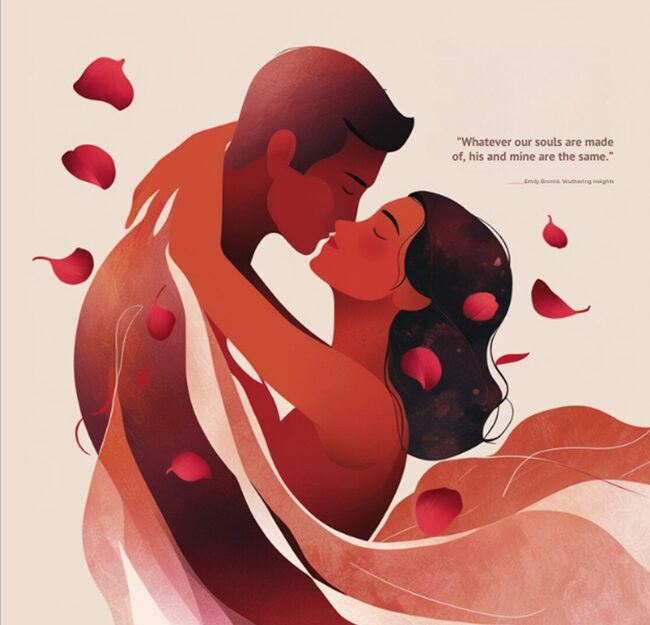
Emerging Subgenres: Fresh Approaches to “Happily Ever After”
Phew, we covered plenty of territories, right?
However, romance novels are always changing and I am thrilled to reveal some emerging subgenres that have added more life within the genre.
These new groups are stretching the limits of what a romance novel is and I am here for it.
LGBTQ+ Romance: Love is love, so it's great to see the genre embracing all kinds of relationships.
The first time I read an LGBTQ+ romance – Casey McQuiston's “Red, White & Royal Blue” – what struck me was its groundbreaking nature that still makes it a typical romance novel. It's about the journey towards love basically.
New Adult Romance: In the genre, characters are mostly in their late teens and early twenties who experience love while grappling with adulthood. If you're someone who was a total basket case in your early 20s like me, these stories will knock you out.
They often deal with themes like leaving home, starting careers, and figuring out who you are as an adult.
Multicultural and Diverse Romance: Finally, the romance genre is now taking on diversity in all its forms.
Authors such as Helen Hoang, Alyssa Cole, and Alexis Daria write novels that capture the vast tapestry of human lives.
These books have taught me about different cultures, experiences all while being romantic.
Sci-Fi Romance: Picture a love story but now set it amidst space exploration or futuristic societies. Sci-fi romance combines the world-building of science fiction with the emotional journey of a romance novel.
It's a niche subgenre but one that's slowly gaining popularity among readers. Last week I read Ruby Dixon's “Ice Planet Barbarians” series (don't tell anyone; it's my worst guilty pleasure) and it has everything from alien planet cultures to dangerous survival situations to blue alien beefcakes for days.
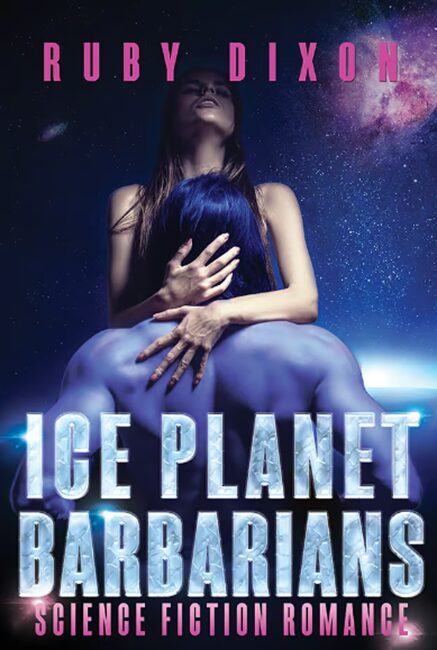
These new classifications are thrilling because they go beyond the limits of what romance can be. They are narrating stories that have never been heard before or interpreting known clichés in a different way.
This reminds us that romance's essence is the universal phenomenon of falling in love – something that could happen to anyone, everywhere, even on an ice planet.
Final Thoughts
What a whirlwind tour of the enchanting universe of subgenres within romance novels!
From the groundedness and warmth of contemporary romance to the electric thrillers tingling down your spine in paranormal tales, there is truly something for every taste.
We've seen how it changes all the time including diverse categories and boundaries.
If you're an experienced reader or just starting out your journey through romantic literature, why not step out of your comfort zone and try a different kind?
Who knows where your next great affair with a book might begin?
Happy reading, and may your ever-growing TBR pile keep expanding.
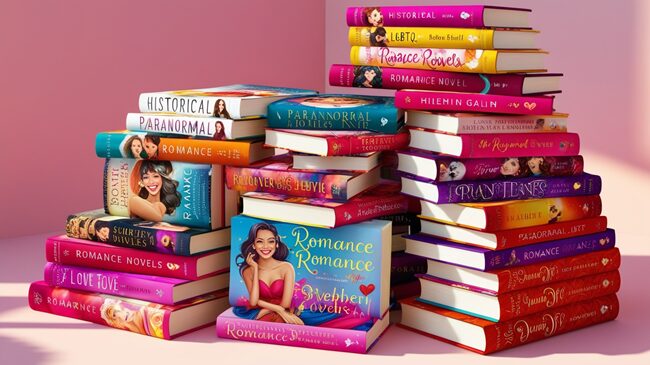
Frequently Asked Questions
What differentiates contemporary from historical romance?
Contemporary romance is set in modern times, dealing with current issues and relatable situations. Historical romance takes place in past eras, often featuring period-specific customs and social norms.
Both focus on developing romantic relationships, just in different time periods.
Are all paranormal romances about vampires?
Although Vampires are popular, paranormal romance also includes werewolves, witches, fae, and even extraterrestrials.
These stories combine elements of love as well as fantasy so as to create unique and thrilling romances.
Is romantic suspense too scary for me if I don't like thrillers?
Not necessarily!
On one hand, Romantic suspense mixes excitement with a strong focus on passion. While it has its share of tension and nail-biting moments, the romantic bit softens it up considerably.
Try a less scary one first and test your feelings.
How steamy are erotic romances? Are they the same as erotica?
Erotic novels contain descriptive sexual content but, at the same time, explore romantic relationships. They are steamier than ordinary romance novels but not exclusively focused on sex like erotica.
Sexual encounters form part of character building and plot development.
Where can I find different kinds of romance books?
Look for works by authors from different backgrounds and those that incorporate various characters. Publishers such as Carina Press or Entangled Publishing focus on inclusive romance.
Diverse Romance is regularly highlighted in blogs and book communities online.
